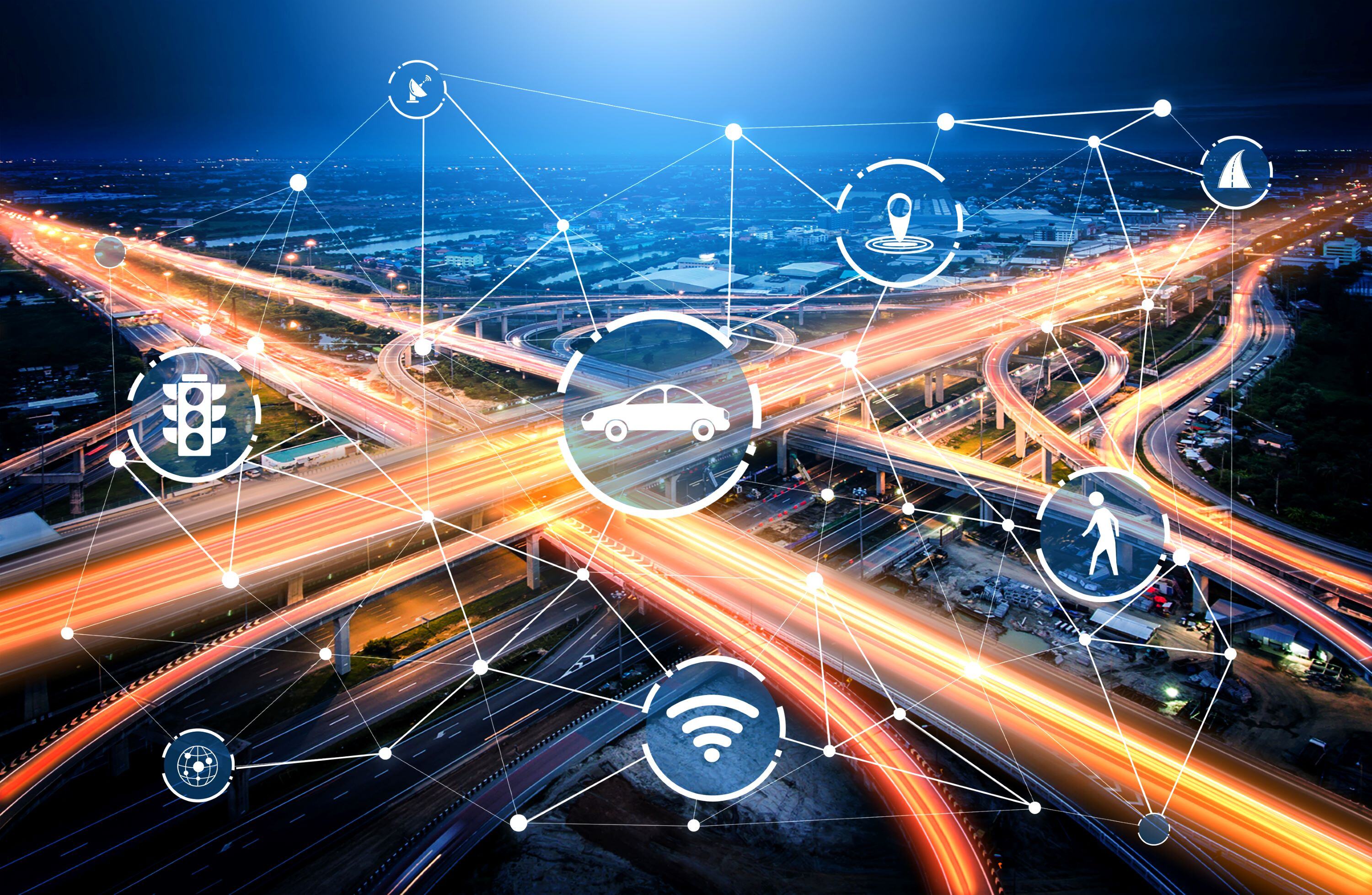
Oct 23, 2025
Blog instrumentation and sensors Automotive Cybersecurity: Safeguarding the Future of Connected Mobility
In today’s digital age, vehicles have evolved far beyond the realm of mechanical engineering. They’re now intelligent, software-defined machines, powered by connectivity, data, and automation. From autonomous driving and telematics to over-the-air (OTA) updates and vehicle-to-everything (V2X) communication, the modern automobile is essentially a computer on wheels.
But with connectivity comes vulnerability. Every sensor, chip, and network interface expands the attack surface, making automotive cybersecurity a mission-critical priority for the global mobility ecosystem.
According to BCC Research, the global automotive cybersecurity market was valued at $3.4 billion in 2024 and is expected to reach $8.2 billion by 2029, growing at a CAGR of 16.1% from 2025 through 2030. This explosive growth underscores one truth: cybersecurity is no longer an optional add-on, it’s the backbone of the connected car revolution.
Today’s cars are mobile data centers on four wheels. From ADAS (Advanced Driver Assistance Systems) and infotainment platforms to smart navigation and EV charging, connectivity drives convenience but also invites cyber risk.
Attackers can target weak points such as Bluetooth, Wi-Fi, or cloud-linked services. Cases of remote hijacking, ransomware on manufacturing systems, and data breaches have turned cybersecurity from a back-end concern into a boardroom conversation for automakers worldwide.
Four major forces are driving the booming market:
Every connected feature, from navigation apps to remote diagnostics, creates new avenues for attack. Automakers are now embedding end-to-end encryption, intrusion detection systems, and AI-powered monitoring to safeguard both data and passengers.
Governments are taking cyber risk seriously. Regulations such as UN R155 and ISO/SAE 21434 now require cybersecurity management systems at every phase of vehicle development. Compliance is not just mandatory, it’s becoming a competitive differentiator.
Electric and self-driving vehicles rely heavily on software and electronics. As autonomy scales, so does the need for secure communication, sensor integrity, and fail-safe architecture, making cybersecurity a central component of safe innovation.
High-profile hacks and ransomware attacks in the automotive supply chain have accelerated investment. Leading OEMs are shifting toward proactive threat prediction, automated defense mechanisms, and 24/7 response teams.
The automotive cybersecurity ecosystem spans multiple domains:
Emerging technologies such as machine learning-based intrusion detection, blockchain for data integrity, and post-quantum cryptography are setting the next frontier for vehicle protection.
The global market for automotive cybersecurity was valued at $3.4 billion in 2024 and will reach $8.2 billion by 2030 with a CAGR of 16.1%.
North America: The Early Adopter
With strong government support, advanced EV infrastructure, and leading cybersecurity firms, North America remains the largest market for automotive cybersecurity solutions.
Europe: The Regulatory Trailblazer
Europe’s focus on data privacy, functional safety, and the adoption of UN Regulation 155 has made it a hotbed for compliance-driven innovation, particularly in Germany and the UK.
Asia-Pacific: The Fastest-Growing Region
Fueled by the surge in connected car production and EV adoption across China, Japan, South Korea, and India, the Asia-Pacific is emerging as the growth engine of the global market.
Predictive and collaborative approaches characterize the next era of automotive cybersecurity.
Manufacturers are moving from one-off defenses to ecosystem-wide protection, leveraging AI, cloud analytics, and threat intelligence networks.
Emerging trends shaping this evolution include:
• Vehicle SOCs (VSOCs): 24/7 real-time fleet protection.
• AI-driven Adaptive Firewalls: Evolving automatically with new threat patterns.
• Collaborative Cyber Networks: Shared intelligence between OEMs, suppliers, and governments.
As automotive and IT ecosystems converge, cybersecurity must become a core design principle, not a retrofit solution.
The global automotive industry stands at a defining moment, where safety extends beyond seatbelts and airbags to include firewalls, encryption, and AI-driven threat detection. With the market expected to more than double by 2029, automotive cybersecurity is not just a growth opportunity, it’s a necessity.
As connected and autonomous vehicles redefine mobility, protecting them from cyber threats will determine the future of trust, safety, and innovation on the road.
Consider becoming a member of the BCC Research Library and gain access to our full catalog of market research reports in your industry. Not seeing what you are looking for? We offer custom solutions too, including our new product line: Custom Intelligence Services.
Contact us today to find out more.

Amrita Kumari is a Senior Executive Email Marketer at BCC Research, with a bachelor’s degree in computer applications. She specializes in content creation and email marketing.

Machine vision (MV) has quietly become the nerve center of modern automation, po...

The modern car is no longer just metal and mechanics — it’s a rolling data cente...

In today’s fast-paced world, the demand for intelligent, autonomous, and self-le...

We are your trusted research partner, providing actionable insights and custom consulting across life sciences, advanced materials, and technology. Allow BCC Research to nurture your smartest business decisions today, tomorrow, and beyond.
Contact UsBCC Research provides objective, unbiased measurement and assessment of market opportunities with detailed market research reports. Our experienced industry analysts assess growth opportunities, market sizing, technologies, applications, supply chains and companies with the singular goal of helping you make informed business decisions, free of noise and hype.